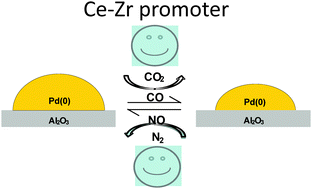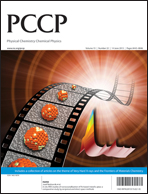Influence of the Ce–Zr promoter on Pd behaviour under dynamic CO/NO cycling conditions: a structural and chemical approach†
Abstract
The behaviour of the Pd phase in three way

- This article is part of the themed collection: Hard X-rays and the Frontiers of Materials Chemistry

 Please wait while we load your content...
Please wait while we load your content...